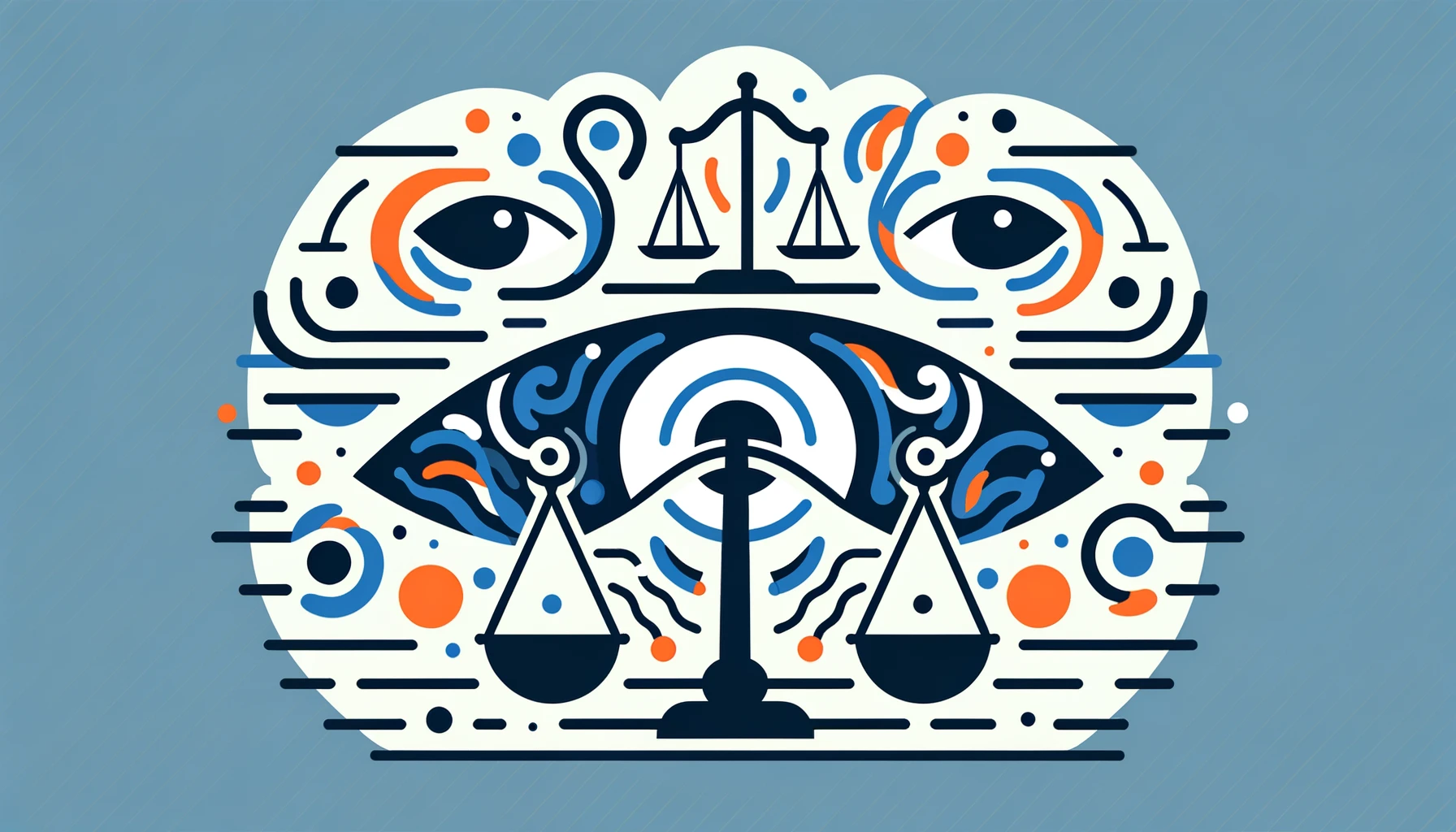Do you find that you need to tilt or turn your head to see better? This is known as an anomalous and compensatory gesture. Many people ? including children ? don?t even realize they?re doing this until their neck begins to feel really sore. Naturally, it’s hard to imagine that the source of their problem is their eyes or the optic nerves.
Why Does My Vision Improve When I Tilt or Turn My Head?
You may turn or tilt your head for any of the following reasons:
Eye Misalignment (Strabismus)
When your two eyes are misaligned or ?crossed? (strabismus), they aren?t able to point in the same direction. The result: each eye sends a different image to your brain, which then struggles to merge the images to create one clear, unified 3D image. Moving your head compensates for this and may enable your brain to more comfortably combine the images to see more clearly.
This misalignment can be caused by a malfunction of the nerve that controls the muscles surrounding the eyes. Depending on which nerves and muscles are affected, the head turn or tilt is essentially an adjustment to enhance the comfort and clarity of vision.
Duane Syndrome
Duane syndrome is a specific type of strabismus. It is a congenital disorder of the 6th cranial nerve that controls the lateral rectus muscle. As a result, the eyes may rotate inward and outward and can lead to compensatory head movements.
Nystagmus
Nystagmus, involuntary jerky or shaky eye movements, can cause you to tilt your head in a specific position when the nystagmus is slow or stops. This is called a ?null point.? Nystagmus can have a neurological basis, as in cases of:
- Stroke
- Trauma to the head
- Brain tumor
- Central nervous system diseases, such as multiple sclerosis
Ptosis
Ptosis is often called ?droopy eyelid,? and can be caused by an injury to the muscles surrounding the eyelid or to the nerves controlling these muscles. People with ptosis will compensate by looking upward to see objects as if trying to see past the eyelid.
Refractive Errors
Refractive errors occur when the eye is either too long or the corneal focusing power is too high or too low. They aren?t a result of a neurological problem. However, refractive errors often cause a child or adult to tilt or move their head to compensate for their blurry vision.
These are the refractive errors that affect eyesight:
- Astigmatism
- Myopia (nearsightedness)
- Hyperopia (farsightedness)
- Presbyopia (age-related farsightedness)
In the event of a refractive error, you or your child may also squint your eyes in an attempt to see better. Having an eye exam can determine the type of refractive error and the best way to correct the problem.
How Can I Stop By Head From Tilting or Turning to See Better?
If you find that you’re tilting or turning your head to see objects or read better, it?s important to schedule an eye exam to identify the cause of the problem.
Patients with ocular neurological problems may be experiencing some of these symptoms:
- Eye strain, headaches or migraines
- Eye turn or blurry vision
- Reading or attention problems
- Difficulty moving the eyes
- Involuntary eye movements
- Pressure in the eyes or head
- Uneven pupils
- Double vision
- Droopy eyelids
- Facial distortion
If your eye doctor suspects that your eye condition may be rooted in the nerves or the brain, they may recommend an appointment with a neuro-ophthalmologist, who is trained to diagnose and treat eye irregularities with a neurological cause.
Do you want to get rid of your head tilt and treat your eye problem? Schedule an appointment at Opto-mization NeuroVisual Performance today.
Q: What are some causes of neurological problems that affect the eyes?
- A: – Inflammation of the optic nerve (optic neuritis)
– Swelling of the optic nerve (papilledema) – commonly caused by increased pressure inside the brain
– Nerve damage leading to paralysis of eye muscles – this leads to strabismus or misaligned eyes
– Optic neuropathy – can be caused by toxic substances such as alcohol, tobacco or B12 deficiency
– Stroke or brain tumor
Q: How is strabismus treated?
- A: Strabismus, characterized by crossed or misaligned eyes, is treated by:- Eyeglasses for milder cases
– An eye patch placed over the stronger eye to help the weaker eye become stronger
– Orthoptics – eye exercises
– Botox – can temporarily weaken the overactive muscle
– Surgery on the eye muscles
References
